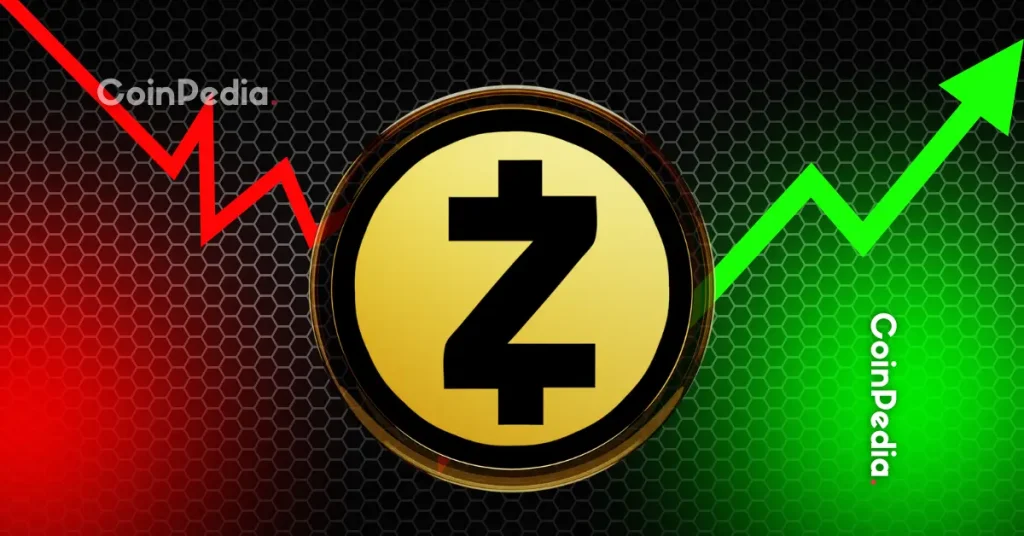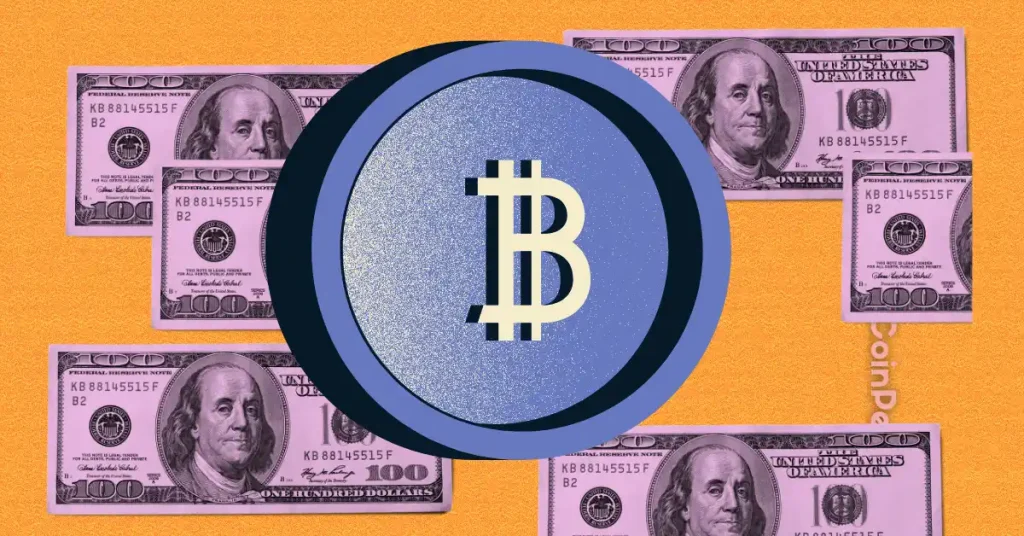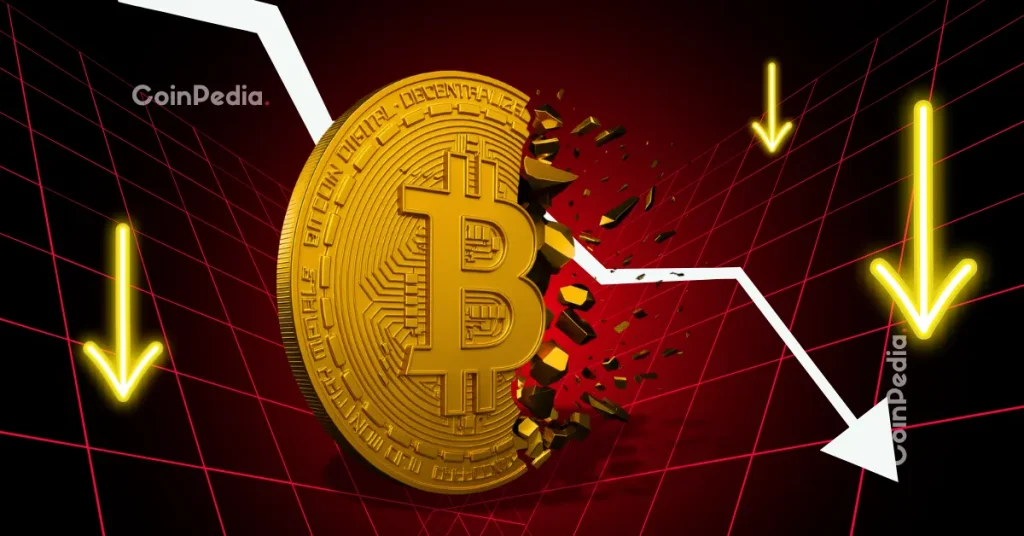Crypto markets react quickly to information, but not all news has the same power. While typical headlines can move prices, regulatory announcements create faster and more dramatic market shifts. In 2025, crypto traders have seen entire sectors swing within minutes of government updates. Whether it is new licensing rules, exchange restrictions, tax reforms, or stablecoin policies, regulatory decisions influence investor confidence and capital flows much more rapidly than standard market news.
This is because regulation affects the structural foundation of the crypto ecosystem. It changes how exchanges operate, how projects survive, and how users access assets. As a result, both retail traders and institutions read regulatory signals as direct indicators of risk or opportunity. Understanding why these announcements move markets faster is crucial for beginners who want to navigate volatility with more confidence.
Regulation Creates Immediate Certainty or Uncertainty
News about partnerships, listings, or project milestones is often speculative. It takes time for the market to digest or confirm whether such events will have lasting impact. Regulatory announcements, however, deliver immediate clarity.
When a government approves a crypto product or provides a legal framework, investors interpret it as a green light. Capital flows increase, adoption grows, and previously cautious institutions enter the market.
Conversely, restrictive announcements create instant fear. If an exchange loses its license or if staking is limited by law, traders expect liquidity risks and sell quickly. This instant response happens because regulation determines what is allowed, what is restricted, and what might disappear entirely.
Unlike regular news cycles, regulation shifts the rules of the entire market at once, affecting millions of users and billions in assets.
Regulatory Bodies Influence Investor Confidence
Institutional investors care deeply about regulation. Pension funds, banks, and investment firms cannot operate freely without it, which means their actions are strongly tied to regulatory signals.
When regulators clarify procedures, introduce compliance standards, or approve spot ETFs, institutional money enters the market almost immediately. These inflows can push prices upward faster than retail-driven hype.
However, negative regulatory signals can just as quickly dissuade institutions. This leads to sharp sell-offs because institutional exits happen in large volumes.
Retail traders watch these moves closely. As soon as large holders react to regulation, they follow the trend, accelerating market momentum.
This chain reaction explains why regulatory announcements move markets faster than typical news about partnerships, updates, or influencer commentary.
Regulation Affects Entire Sectors, Not Just Individual Tokens
News about a single crypto project usually affects only that token or its immediate ecosystem. Regulation, however, affects asset categories at once.
For example:
A new tax requirement impacts all crypto gains.
A stablecoin regulation affects every token paired with USDT ($1.00) or USDC ($1.00).
A staking policy change impacts all proof of stake networks.
Because regulation operates on a broad scale, traders respond more aggressively. The effect is not isolated. It reaches chains, exchanges, liquidity pools, DeFi platforms, and user activity.
This systemic impact amplifies volatility. It explains why even traders who are not directly involved with a regulated asset often react to regulatory updates in other regions.
Markets React Faster Because Regulation Has Real Consequences
Most crypto news is promotional. Project announcements, influencer opinions, and roadmap updates often generate hype without immediate change.
Regulation, however, forces action. It changes how assets are stored, traded, or taxed. It changes how developers build and how exchanges offer services. It even determines what users can own or withdraw.
This leads to real behavioural changes, such as:
Traders pulling out funds
Exchanges freezing certain features
Institutions reallocating assets
Developers adjusting tokenomics
Miners or validators changing operations
The market responds more quickly because regulation carries real consequences. Price movements reflect actionable shifts rather than sentiment alone.
Read more: Stablecoin Policy Changes to Watch Closely in 2025
Regulatory Announcements Spread Faster Than Standard News
Government and regulatory updates often spread quickly through major channels. Investors monitor them closely because they know how influential they are.
Regulatory news usually hits multiple platforms at once, including financial media, government sites, and social networks. Institutions often react immediately through automated systems that monitor keywords, regulatory filings, and legal changes.
This is why the first price spike or drop often happens within minutes of an announcement.
Regulation Influences Liquidity and Exchange Behaviour
Exchanges are critical to crypto liquidity. When regulation affects them, the market moves faster because trading conditions change instantly.
For example:
If an exchange is required to delist a token, traders rush to exit.
If a new license is approved, liquidity grows because institutions participate.
If KYC or withdrawal limits change, user activity reacts immediately.
Exchanges often announce compliance changes publicly, and traders respond with urgency. When liquidity changes, price volatility follows quickly.
Why Traders Should Monitor Regulatory Signals More Than Headlines
Beginners often chase price predictions, influencer posts, or token announcements. Yet experienced traders prioritize regulatory updates.
This is because regulation provides:
Clear direction about future risks
Signals about institutional participation
Early warnings for potential delistings
Clues about which sectors will grow
Monitoring these signals helps traders position themselves before the market reacts. Understanding the difference between regulatory impact and sentiment-based news prevents reactive decision making and improves long term strategy.
Regulatory announcements move markets faster than traditional news because they deliver direct clarity about risk, legality, and liquidity. They influence institutions, exchanges, and developers simultaneously, triggering widespread market reactions within minutes.
By learning how regulatory signals shape price movements, beginners can avoid emotional decisions and develop more structured trading strategies. In the rapidly evolving crypto landscape, staying informed about policy changes is one of the most powerful tools for reducing risk and capturing opportunities.
FAQs
1. Why do regulatory announcements move crypto prices so quickly?
Because they directly affect legality, liquidity, and how exchanges operate, creating immediate shifts in market confidence.
2. Are regulatory announcements more critical than traditional news?
Yes. While traditional news influences sentiment, regulatory changes alter market structure, leading to faster, more significant price movements.
3. How can beginners track regulatory updates?
Use tools like CoinDesk Regulation, ChainArgos, CoinCenter updates, and government financial authority feeds.
4. Do all regulations cause adverse market reactions?
No. Positive regulatory clarity often boosts confidence and attracts institutional investors, leading to price growth.
5. How do institutions react to regulatory news?
Institutions closely monitor policies and react immediately because compliance is required. Their rapid actions amplify market movement.
The post Why Regulatory Announcements Move Crypto Markets Faster appeared first on FXcrypto News.



















 24h Most Popular
24h Most Popular







 Utilities
Utilities